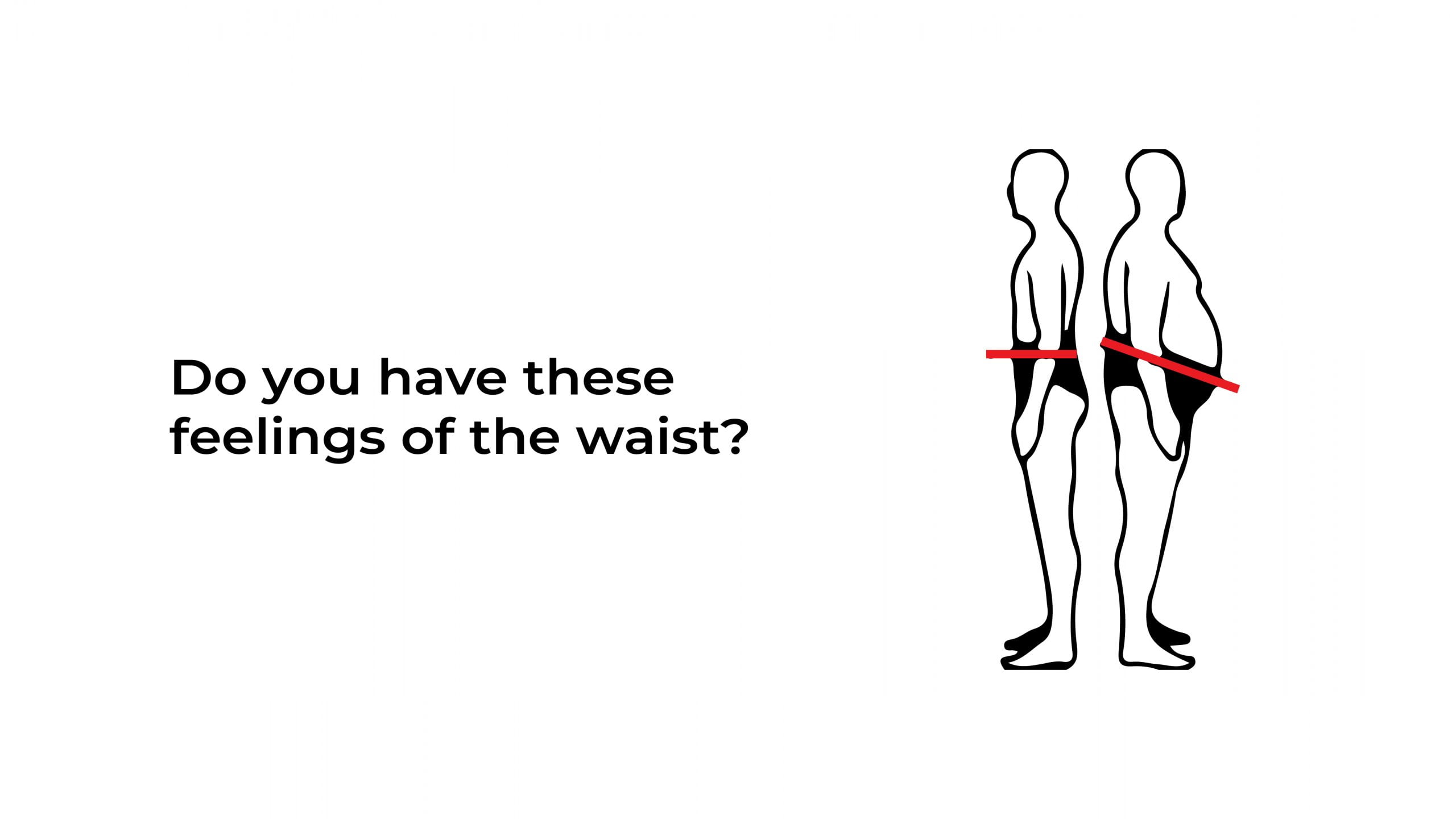- Muscle acid feeling
- Pain
- Numb
- Stiffness
If you have these symptoms:
- Your waist is beginning to have a lesion!
What is wrong with the waist pain caused by pain and numb?
- Lumbar disc herniation(Protrusion of lumbar intervertebral disc)
- Lumbar muscle strain
- Acute waist twist and contusion, etc.
Definition of waist
- Lumbar disc herniation refers to the lumbar intervertebral disc degeneration, fiber ring rupture, nucleus stimulated and compressed the nerve.
Composition of intervertebral disc:
- Upper and lower cartilage plate
- Nucleus
- Fiber ring
Disc pressure test:
- Standing position —-100%
- Seat —-120%
- Standing flexion —-210%
- Sit and reach —-270%
Walk on brought two diseases to human:
- Heart disease and disc herniation.
- Lumbar intervertebral disc is located between lumbar vertebrae.
- The intervertebral disc has the function of supporting, connecting and buffering.
Pathology:
- The degeneration of intervertebral disc with the increasing of age.
- The water content in the nucleus was decreased, and the strength of the fiber ring was decreased too.
- To be weakened, intervertebral space stenosis; spinal stenosis or small joint degeneration.
- To cause nerve root canal and intervertebral foramen stenosis
- The location of the disease with L4~L5, L5~S1 is commomly.
- These changes do not leave intervertebral disc.
- Lumbar disc herniation occurred more than 60% in the lumbar 4-5. Because the two gap strain, degeneration of fast, the most easy to protrusion.
Pathology Cause:
- Trauma
- Excessive loading
- Long term vibration
- The effect of bad posture
Trauma:
- Acute injury, such as lumbar strain, does not directly cause lumbar disc herniation. But in the case of loss of muscle in the back of the low back, it is very easy to cause lumbar disc herniation.
Excessive loading:
- In heavy labor and weight lifting exercise, the early degeneration of intervertebral disc is caused by excessive load.
Long-term vibration:
- Automobile and tractor driver in the sitting position and state for a long time, under the pressure of lumbar.
Adverse effects of body position:
- In the completion of various work, need all kinds of posture change constantly, which requires the spine and intervertebral disc under external pressure should be different at any time.
Type 1:
Prolapse of lumbar intervertebral disc type: the fiber ring is not completely broken.
Type 2:
Lumbarintervertebral disc protrusion type: fiber ring rupture, nucleus from extrusion and compression nerve root.
Type 3:
- Lumbar disc herniation: fibrous ring rupture, nucleus extrusion from the rupture, break through the posterior ligament, free to
- Spinal cord.
Type 4:
After the bone prominent type: the nucleus pulposus to the cartilage plate and vertebral body.
Clinical Manifestation
- Low back pain: the outer layer of the fiber ring and the posterior ligament have nerve.
- Sciatica: when abdominal pressure increases the incidence of L4/5>L5/S1>L3/4 increased from the waist to hips, the rear thigh, leg pain until the foot.
- The horse’s tail nerve compression: saddle area abnormal sensation.
What are the treatment of lumbar disc herniation?
- Non surgical treatment
- Minimally invasive treatment
- Surgical treatment
1. Non Surgical Treatment:
Objective: to reduce the intervertebral disc protrusion part and nerve inflammatory edema.
2. Main Indications:
Young, first onset or shorter course; put rest symptoms can be self remission; Imaging examination without spinal stenosis.
3. Surgical Treatment:
Standard operation (simple nucleus pulposus extraction or internal fixation). Under the intervertebral disc surgery.
Why lumbar disc herniation prone to relapse? How to prevent?
- Lumbar disc herniation patients after treatment and after the break, the remission or cure the disease, but the recurrence rate is very high.
- Lumbar disc herniation after treatment, although the symptoms disappeared, but many patients disc did not complete back.
- Although the patient’s condition of lumbar disc herniation has been stable or cured, but in a short period of time, once the strain of the lumbar spine can make the nucleus prolapse again.
- The intervertebral disc in surgical segments, two segments of easy emergence, and lead to the recurrence of lumbar disc herniation.
Was This Content Helpful?
YesNo





